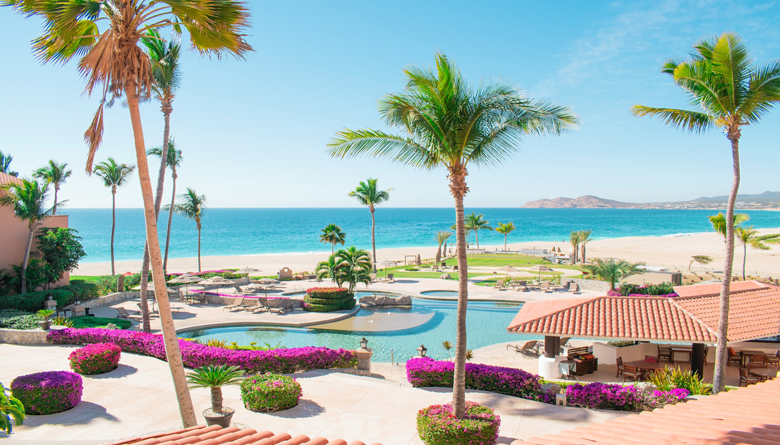[ad_1]
The Washington Office of Natural Assets ‘carbon reserves’ plan is the similar failed technique of the previous 30 several years but this time underneath a new identify. When it arrives to addressing the local climate disaster, the worst issue we can do is stroll absent from our forests and hope bugs, condition, tree mortality, and catastrophic wildfires never ruin the assets, wildlife, and communities we’re striving to secure.
Our general public forests are burning at alarming fees even though need for very affordable housing and lumber are on the rise. The state’s very own forest sector is vulnerable as we import much more concluded wood products and solutions from other areas that really don’t share our stringent forest practices. Washingtonians are looking for effective solutions that equilibrium society’s demands with conserving the ecosystem. The carbon reserve coverage isn’t a balanced answer, it’s a political determination.
The Yakima Herald-Republic’s April 10 editorial, which contends location aside just 10,000 acres represents just a “tiny stage,” misses some critical context. Almost 50 percent of DNR rely on lands in Western Washington are not readily available for sustainable timber management owing to conservation designs and past plan decisions. The DNR also has policies in area to conserve old and experienced forest stands. Approximately 90% of stands over 120 many years old are completely set aside from harvest.
Not bundled in the DNR’s policy are the hundreds of thousands of acres of federally owned forest lands that are established aside for endangered or threatened wildlife species, congressionally selected wilderness locations, and other spots that are off-restrictions to forest management below the Northwest Forest System.
These lands are burning up. Approximately 50 % of the acres burned in Washington last yr burned on land shielded by the U.S. Forest Company.
The state’s equivalent route toward non-management is already possessing an impression. Timber harvests on these general public doing the job forests in Western Washington will slide by a lot more than 26% this fiscal calendar year and may possibly drop additional in foreseeable future many years.
Washington’s forest sector depends on a constant and predictable source of timber from DNR rely on lands to remain in company, keep employees and devote in their services. With no this provide, the sector will lose additional of the careers and producing facilities that are necessary to control lands and contend in a worldwide market place. For instance, the state suffers from a absence of forest sector infrastructure in Central Washington that is required to slender overstocked stands and decrease critical wildfire challenges.
The DNR is expected by the state constitution, and state and federal rules, to control state rely on lands on behalf of defined beneficiaries. Each 12 months, sustainable timber harvests on these lands create approximately $200 million for general public services. As doing the job forests, DNR state have faith in lands are managed underneath modern day forest practice regulations and a State Lands Habitat Conservation Program that was meant to guarantee a continuous timber supply even though also giving for clean up h2o, habitat for wildlife and recreation.
Further decreasing land obtainable for timber harvest not only hurts public faculties and group providers, it also threatens Washington’s ability to make the only setting up substance that is renewable, demands a lot less vitality to generate, and a single that basically suppliers carbon. Reducing this infrastructure also disrupts the cycle of forestry — the continual planting and increasing of trees for wood items — that success in net zero carbon emissions and discourages the conversion of carbon-sequestering forests to carbon-emitting non-forests.
Washington’s condition believe in lands have usually been between the most nicely-managed public forests in the West, demonstrating that it’s doable to present sustainable, carbon-storing wood goods while conserving other crucial forest values. The carbon reserves plan isn’t a small stage ahead, but a large leap backward.
Nick Smith is community affairs director for the American Forest Resource Council, representing Washington’s forest sector that depends on timber management on DNR condition belief lands.
[ad_2]
Resource link






